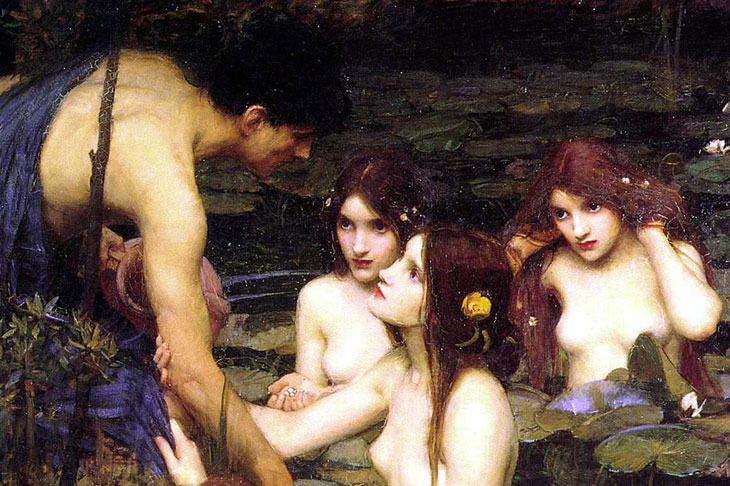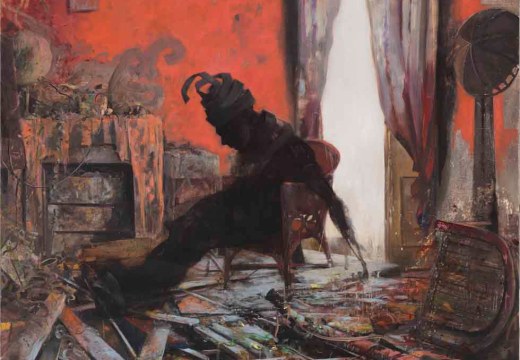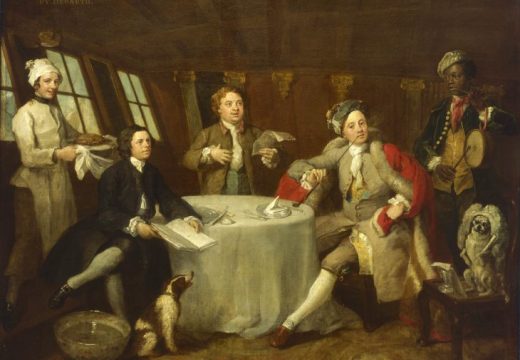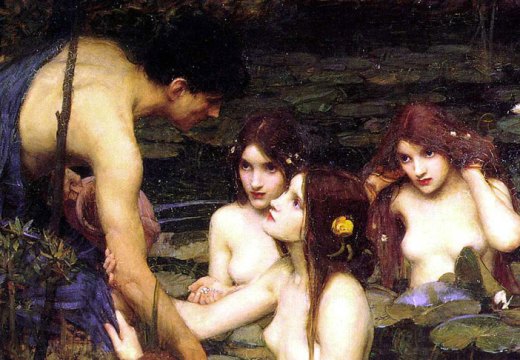Public speaking, like going to the dentist, is one of those things that many people never quite come to terms with. Yet it is undeniable that the ability to speak confidently and convincingly to an audience is, more than a benefit, in fact a necessity in most professions – which of course includes people working in the art and museum worlds. Artists, curators, scholars, and others are called upon to speak to the public in a range of contexts; and perhaps more than ever, we expect them to talk lucidly and engagingly about art.
Earlier this year, I judged one of the regional finals of the ARTiculation prize, a nationwide public speaking competition for young people aged between 16 and 19, which was founded 11 years ago by the New Art Centre and the Roche Court Educational Trust. That afternoon, seven students stepped up to the lectern at the Whitworth Art Gallery in Manchester, each speaking for 10 minutes about a single work of art or architecture that had stirred them, and tasked with conveying its particularity and piquing our curiosity. We heard seven assured presentations on subjects ranging from Poussin to the Eden Project. The winner, who will speak again at the national final at Clare College, Cambridge this month, gave a memorable, mind-stretching talk about the prehistoric hand-paintings in the Cueva de las Manos in Santa Cruz, Argentina.
Every year, around 4,000 students take part in heats for ARTiculation prizes in England, Scotland, and Ireland. It is a brilliant, uplifting initiative, which understands how speaking can, and should, be a way of thinking about art, and about how important it is to introduce young people to its public contexts and professional opportunities. Participants in the prize are encouraged to make use of its alumni network, which can help them to secure work experience in arts organisations and offers them a forum in which to consider taking arts subjects at degree level.
That day at the Whitworth had me reflecting not only on public speaking but also, more generally, on conversation. Other branches of the arts, such as literature or film, insist on individual attention to the work at hand; talking to your neighbour at the cinema is unlikely to win you many friends. But art, on the whole, is something that we can experience with other people – and many of us choose to visit museums or exhibitions with our family or friends, just as often as we go it alone in search of some sort of private communion with artworks. Speaking about art is part of our customary encounter with it, just as much as it is one of the professional expectations of the art world. It feels apt that the two protagonists of Thomas Bernhard’s Old Masters meet for the long, ranging conversation that dominates the novel in the Bordone Room of the Kunsthistorisches Museum.
For me, particularly when it comes to the intellectual challenges laid down by post-war and contemporary artists, conversation has become a form of concentration. In front of an artwork that might otherwise seem daunting or even arcane, the opportunity to test ideas and respond to another person’s observations, in the presence of the art itself, can be a way of teasing out possibilities and implications that are not otherwise hidden in plain sight. This is not to dismiss individual close-looking, but to acknowledge that conversation’s contrapuntal structure, and its need for persistent thought and expression, can lead to a type of knowledge that is rich and surprising. Even if ARTiculation participants do not go on to study or work in the arts, the experience of discussing art with their peers will have been a valuable one.
Across town, the Manchester Art Gallery generated much outrage (and some sympathy) when it removed John William Waterhouse’s Hylas and the Nymphs (1896) from public display to provoke debate about the interpretation and display of a painting that, in its fin-de-siècle manner, objectifies and sexualises young women. It turned out that the temporary absence of the work was part of an intervention by the artist Sonia Boyce, designed to ‘bring different meanings and interpretations of paintings from the gallery’s collection into focus’. I have no complaint about that – but I can’t help thinking that the conversation might have been more nuanced if the painting had been left hanging.
From the March issue of Apollo. Preview and subscribe here.
Unlimited access from just $16 every 3 months
Subscribe to get unlimited and exclusive access to the top art stories, interviews and exhibition reviews.














![Masterpiece [Re]discovery 2022. Photo: Ben Fisher Photography, courtesy of Masterpiece London](http://www.apollo-magazine.com/wp-content/uploads/2022/07/MPL2022_4263.jpg)
It’s time for the government of London to return to its rightful home